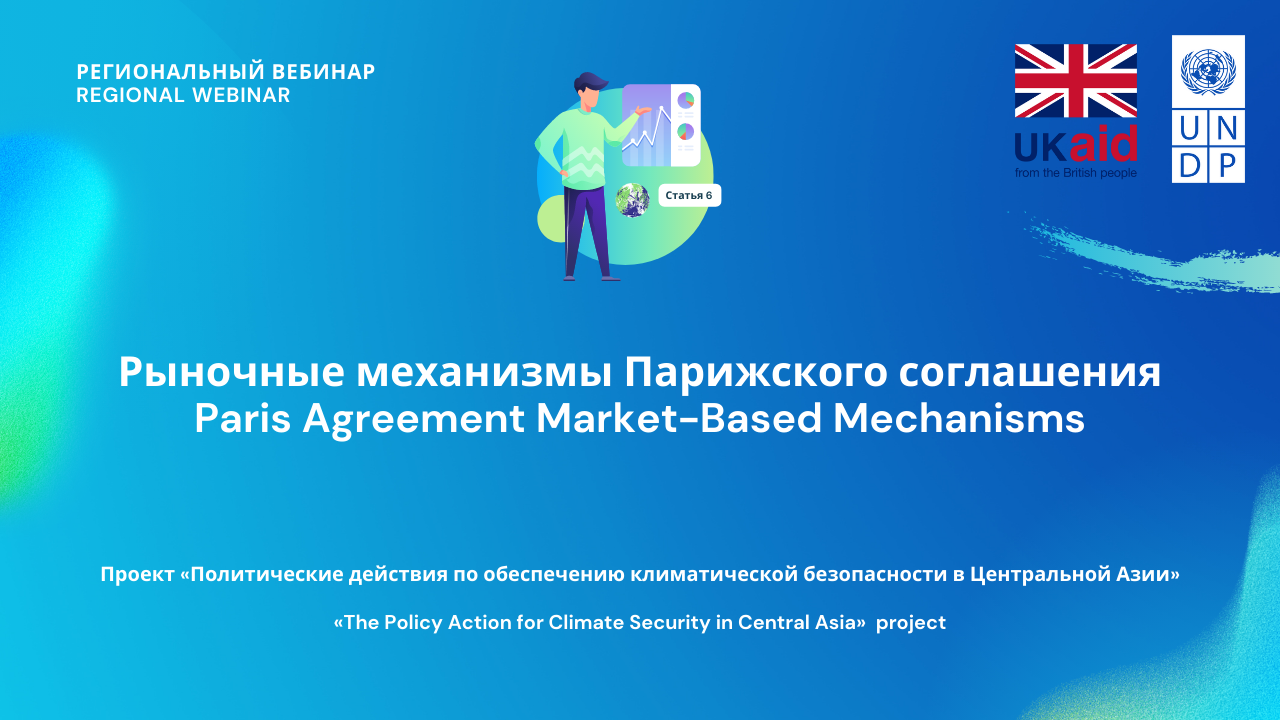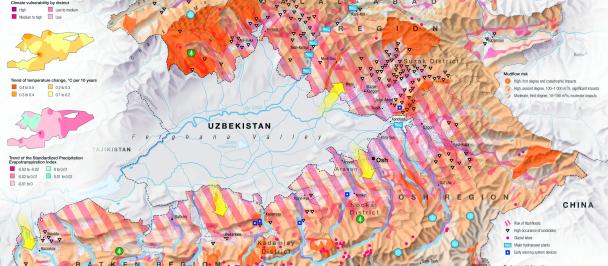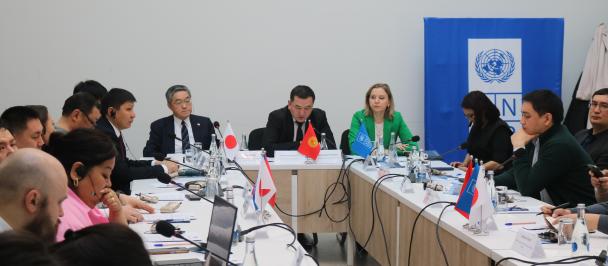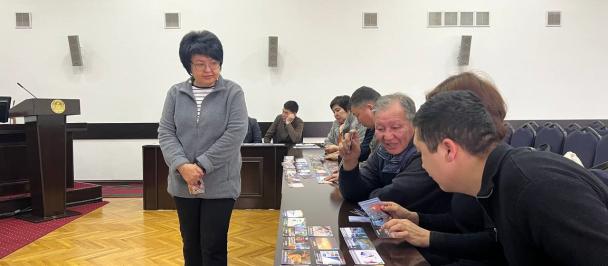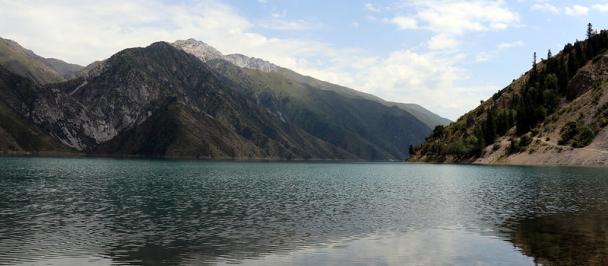On March 15, a regional training on market-based mechanisms under the Paris Agreement was held, which was attended by representatives of government agencies, the private sector, leading climate change experts from Kyrgyzstan, Tajikistan and Uzbekistan. The training was organized as part of the “The Policy Action for Climate Security in Central Asia” project funded by the UK Government and implemented by UNDP in Kyrgyzstan, Tajikistan, and Uzbekistan.
At the 26th session of the Conference of the Parties to the United Nations Framework Convention on Climate Change (COP26), the participating countries agreed on the rules for implementing the Paris Agreement, including Article 6, which spells out market-based and non-market mechanisms for the implementation of measures to combat climate change, which will allow countries to increase the ambition of actions to reduce greenhouse gas emissions that cause global warming on the planet. Market-based mechanisms enable the transfer of greenhouse gas emission reduction units between countries, creating an international carbon market, and also encourage the private sector to invest in climate-friendly solutions. Non-market mechanisms will allow countries to work more closely to mitigate climate change and adapt to its negative impacts.
As part of the regional training, the participants got acquainted with the guidelines, modalities, and procedures of the market-based mechanisms of the Paris Agreement. Training of the participants on new market-based mechanisms is essential for the countries to participate successfully.
As noted by Lira Zholdubaeva, Head of Climate Change and Disaster Risk Management cluster of the UNDP Kyrgyzstan, in endorsing the Paris Agreement in 2015, Article 6 was seen as a major step forward in achieving the objectives of the Framework Convention on Climate Change: “Cooperative approaches can help governments to achieve their national targets for reducing carbon emissions and removing greenhouse gases. This can happen through market-based mechanisms, international credit deals to reduce greenhouse gas emissions. The countries of our region need to get acquainted with the new international requirements in order to prepare in time and take advantage of these opportunities.”
The Central Asian countries – Kyrgyzstan, Tajikistan, and, in particular, Uzbekistan – had the opportunity to participate and gain experience in carbon markets under the flexible mechanism of the Kyoto Protocol, under which three market mechanisms were created: international emissions trading, the Clean Development Mechanism (CDM) and joint implementation. The experience gained by the countries of Central Asia under the CDM can be easily converted to serve the new market mechanisms under the Paris Agreement.
The Paris Agreement Article 6, recognizes that some Parties may choose to pursue voluntary cooperation in the implementation of their Nationally Determined Contributions (NDCs) to allow for higher ambition in their mitigation and adaptation actions and to promote sustainable development and environmental integrity. The Paris Agreement establishes three mechanisms for such voluntary cooperation, two market-based, and one non-market:
1. Market-based mechanism under Article 6.2: allows a country that has overachieved its Paris climate pledge to sell any overachievement to a nation that has fallen short against its own goals to use internationally transferred mitigation outcomes (ITMO) towards the implementation of its NDC.
2. Market based mechanism under Article 6.4: A mechanism to contribute to the mitigation of GHG emissions and to support Sustainable Development (SD). This new market mechanism is sometimes referred to as the “Sustainable Development Mechanism” (SDM). It would replace the CDM, which operated under the Kyoto Protocol, and would create a new international carbon market, governed by a UN body, for the trading of emissions reductions created anywhere in the world by the public or private sector. Carbon credits could, for example, be generated by a new renewable power plant, an emissions-saving factory upgrade, or the restoration of an area of forest. Emission reductions (A6.4ER) resulting from the mechanism shall not be used to demonstrate achievement of the host Party’s NDC if used by another Party to demonstrate achievement of its own NDC.
3. Non-market approaches were made available to Parties to assist them in the implementation of their NDCs, in the context of SD and poverty eradication, including through mitigation, adaptation, finance, technology transfer, and capacity-building. A framework for non-market approaches to sustainable development is defined to promote the non-market approaches.
The COP26 agreed on the detailed guidance for participation in the above approaches. The “Guidance on cooperative approaches referred to in Article 6.2”, the “Rules, modalities and procedures for the mechanism established by Article 6.4”, and “Work programme under the framework for non-market approaches referred to in Article 6.8” were adopted.
The regional training covered the question of how national experiences and structures under the CDM can be used for SDM and what is needed for the countries to take into account in order to successfully participate in the new market-based mechanisms.
The recording of the training on market-based mechanisms under the Paris Agreement is available here.
***
“The Policy Action for Climate Security in Central Asia” project funded by the UK Government, promotes regional cooperation on climate policy and effective climate diplomacy, and positioning of countries on their climate agenda, based on science-based commitments to reduce greenhouse gas emissions.
The project focuses on Kyrgyzstan, Tajikistan, and Uzbekistan and is implemented by UNDP COs under close collaboration with the Foreign, Commonwealth, and Development Office (FCDO).

 Locations
Locations